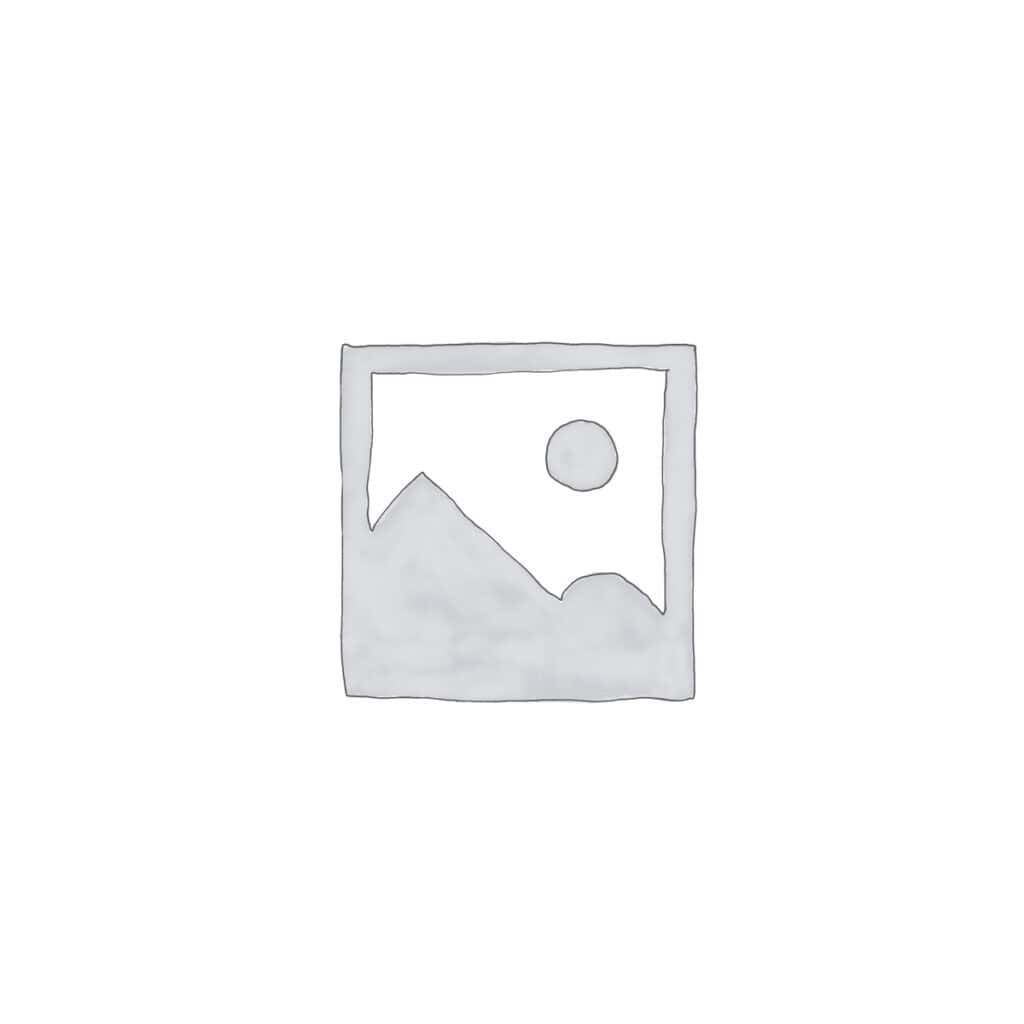
Electrically conductive silicone rubber provides a unique combination of silicone’s flexibility and environmental resistance with controlled electrical conductivity for applications requiring ESD protection, EMI/RFI shielding, or flexible contacts. This makes it an invaluable material in electronics, aerospace, automotive, and medical industries where reliable electrical performance and protection are essential.
Product Code: VCL75
In modern electronic and industrial applications, the need for materials that offer both the flexibility and environmental resistance of silicone, alongside the ability to conduct electricity, is increasingly vital. Electrically conductive silicone rubber, like our VCL75 grade, is a specialised elastomer modified with conductive carbon fillers, to provide a controlled pathway for electrical current. This unique combination of properties makes it an essential material for applications requiring electrostatic discharge (ESD) protection, EMI/RFI shielding, and flexible electrical connections, often in demanding environments where traditional conductive materials would be unsuitable.
Electrically conductive silicone rubber provides a unique blend of electrical functionality and the well-known benefits of silicone.
Electrically conductive silicone rubber is a critical material in industries where managing electrical conductivity and providing environmental protection for sensitive equipment are essential.
By incorporating electrically conductive silicone rubber, manufacturers can enhance the performance, reliability, and safety of their electronic systems and equipment, ensuring protection against static damage and electromagnetic interference while providing durable environmental sealing in demanding applications.





These figures are only intended as a guide and should not be used in preparing specifications.
Contact out experienced team of technical advisors for advice, quotations or any other queries.
Required fields are marked with*

Manufacturers of precision silicone rubber extrusions, mouldings and inflatable seals.

© Viking Extrusions. All Rights Reserved.
Designed by Damteq.
Close
We ship our goods worldwide using a variety of couriers including DPD, DHL, TNT, UPS and FEDEX. Please contact us to discuss your shipping requirements.
Close
We ship our goods worldwide using a variety of couriers including DPD, DHL, TNT, UPS and FEDEX. Please contact us to discuss your shipping requirements.